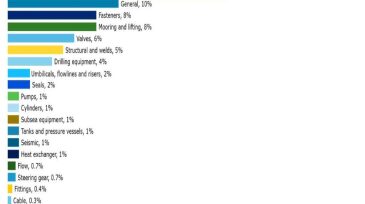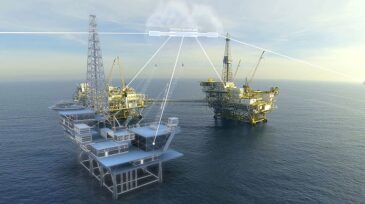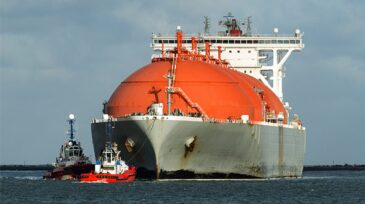DNV
-
DNV GL researched over 1,000 failure cases to identify failure-prone components. The research is based on cases from its global network of labs.
-
Amid weakening confidence and volatile market conditions, greater efficiencies and decarbonization are at the center of the industry’s agenda.
-
Aimed at streamlining manufacturing processes and significantly reducing costs, the practice provides standardized operator requirements that DNV GL says will ensure consistency in the fabrication of subsea pressure retaining equipment such as wellheads, manifolds, and jumpers.
-
By using the four converter-battery systems, the operator estimates it will be able to reduce the runtime of the rig’s on-platform diesel engines by 42%, cutting CO2 emissions by 15% and NOx emissions by 12%.
-
The two companies have entered into a partnership to develop the oil and gas industry’s first methodology for qualifying the integrity of digital twin technology.
-
The service company and independent verifier are aiming to develop a methodology for qualifying the integrity of digital twins, which they say will help level the industry’s varying technical definitions of, and expectations towards, the technology.
-
The company has proposed the Probabilistic Digital Twin to close the gap between digital twins—used increasingly by operators to manage the performance of their assets—and risk analysis still largely conducted manually before assets enter service.
-
Concern has been growing in the oil and gas industry about the high frequency of mooring line failures. While physical tension sensors can be difficult and costly to maintain, machine learning has shown to be a more-accurate and less-costly method for structural integrity assessment.
-
Exponential growth in LNG tank capacity, fueled by the introduction of LNG fuel in shipping sectors, indicates a possible shift in the fuel mix.
-
Vast amounts of offshore and onshore reliability data will be made available as the project by the Norwegian Petroleum Directorate provides access to its now-digital data in an effort to improve accessibility and efficiency for oil and gas industry reliability data.










